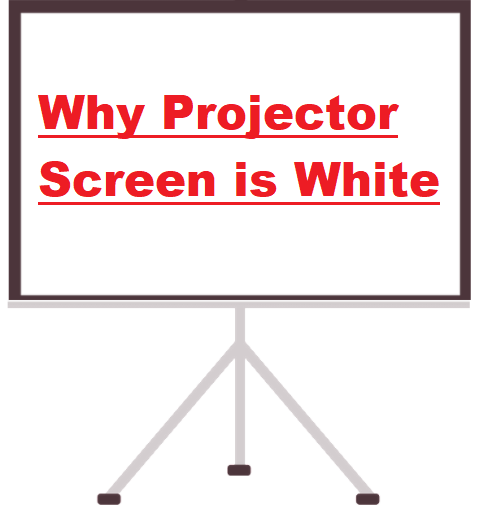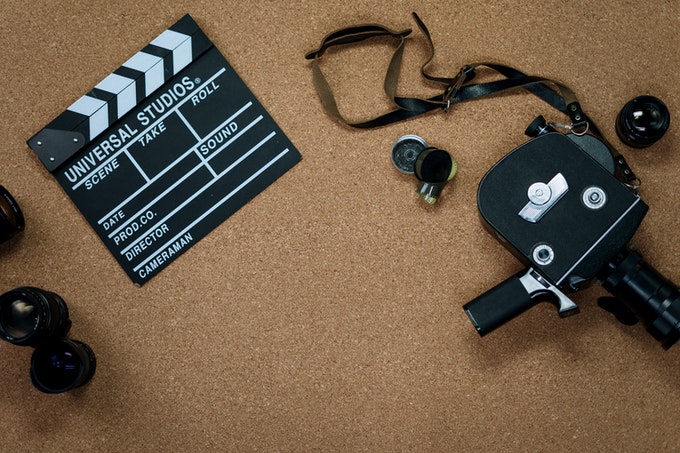- Why Do We Use White Screen for Projector
- Does Projector Screen Have to be White
- How Different Projector Screen Colors are Used
- Conclusion
Why Do We Use White Screen for Projector

One of the most common questions about projector screens is why they are almost always white. After all, there are a variety of colors that could be used for projection screens. So why is it that most screens are white?
The answer has to do with the nature of light and color. When light shines on a surface, some of that light is reflected off of the surface and some is absorbed. The amount of light that is reflected depends on the color of the surface. For example, a white surface will reflect most of the light that shines on it, while a black surface will absorb most of the light.
This principle is what allows us to see colors. When white light shines on an object, some of the light is absorbed and some is reflected. The colors that we see are actually the colors of the light that is reflected off of the object. So when we look at a red apple, we’re seeing the colors of red and yellow light that are being reflected off its surface.
Projector screens work in a similar way. The white screen reflects most of the light that shines on it, while other colors will absorb more or less light depending on their hue. This is why projector screens have to be white – any other color would not reflect enough light to be seen clearly.
Does Projector Screen Have to be White
While it is true that projector screens have to be white in order to be visible, that doesn’t mean that they can’t be made in other colors. In fact, some companies do make colored projector screens, although they are not as common as white screens.
The advantage of using a colored projector screen is that it can create different effects. For example, if you want to create a more dramatic effect for a movie, you could use a black projector screen. This would absorb more light and make the image on the screen appear darker. Alternatively, if you want to create a more vibrant image, you could use a projector screen with a bright color like blue or green.
So while white is the standard color for projector screens, that doesn’t mean that it’s the only option. If you’re looking for a specific effect, there are a variety of colored screens that you can choose from.
How Different Projector Screen Colors Are Used
Now that we know why projector screens are white, let’s take a look at how different colors can be used to create different effects. In general, there are three types of colors that can be used in projection: primary, secondary, and tertiary.
Primary colors are those that cannot be created by combining other colors. Red, green, and blue are the three primary colors for light.
Secondary colors are created by mixing two primary colors together. Orange, yellow, and purple are the secondary colors for light.
Tertiary colors are created by mixing a primary and a secondary color together. Brown, pink, and green are some of the tertiary colors for light.
Each of these colors has a different effect when used in projection. Primary colors are generally used to create bold and bright images, while secondary and tertiary colors can be used to create more subtle effects. So if you’re looking to create a specific mood or feeling with your projection screen, playing around with different colors can be a great way to do it!
Why Projector Screens is White
In the end, the reason projector screens are white is because that’s the color that reflects the most light. While other colors can be used, they typically don’t reflect enough light to be seen clearly. So if you’re looking for a bright and vibrant image, a white projector screen is the way to go!
Thanks for reading! If you have any questions about why projector screens are white or how different colors can be used, feel free to leave a comment below. I’d be happy to answer them!






